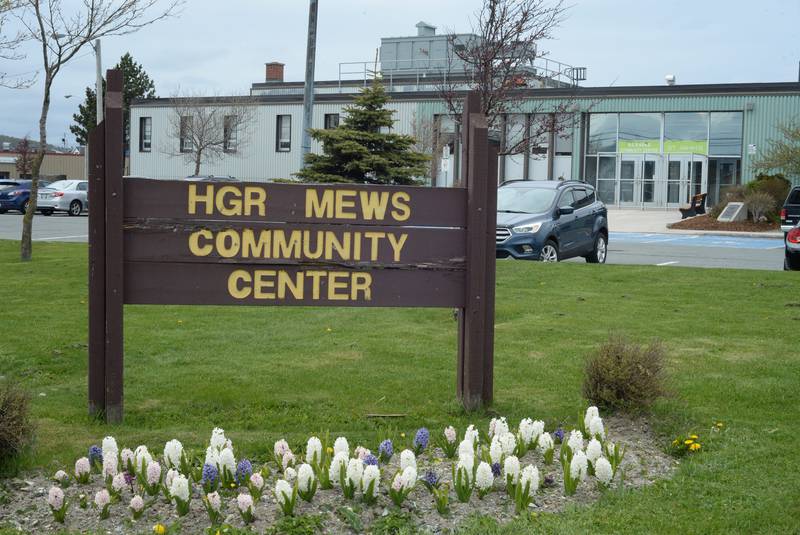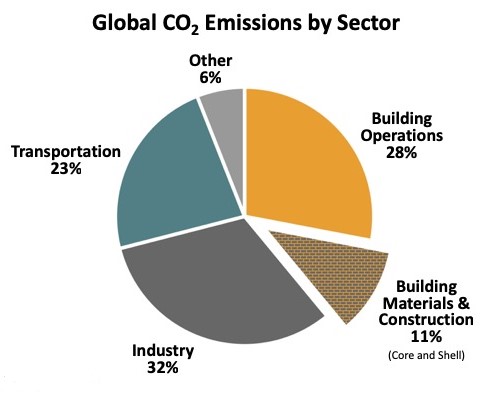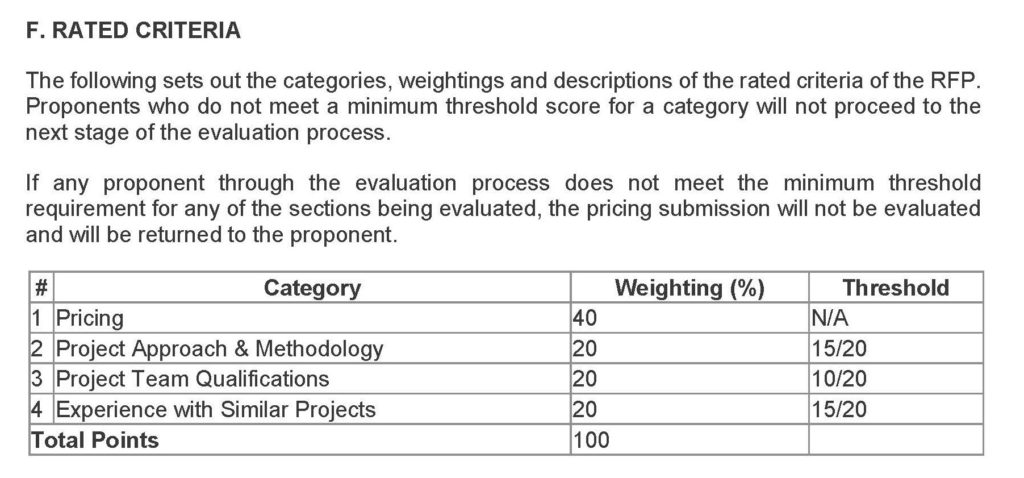
In the Province of Newfoundland and Labrador most architectural designs for new buildings are derived from a government selection process that awards based on lowest bid. Our provincial government will argue that point, but an ATIPP request will demonstrate that my statement is well-founded. Virtually every major building design over the past twenty years has been awarded based on architectural fees that are less than that recommended by the provincial and national published fee schedule. Let’s start there. It’s going to be an interesting ride, so hold on.
The NL Architects Association document Guidelines and Recommended Minimum Fees for Architectural and Engineering Projects outlines how building design fees should be calculated. It is based on an agreed set of deliverables for every project type and embodies the experience of local architects and clients since 1949. Nationally, the Royal Architectural Institute of Canada publishes a similar document. Both are intended as a discussion tool with clients. Simply put, these schedules document the range of services and what you should expect to pay to get best value.
Based on the fee schedule, you can pay less for design services by eliminating tasks that you don’t want or don’t require. This makes perfect sense. The agreed fee ensures the full exploration of the client’s design/building needs and fair profit for the professionals involved. Professional fees should never be on sale.
The tendency of some architects to cut fees is an unsustainable race to the bottom. But while most private sector clients generally acknowledge that you get what you pay for, our local governments do not. They think that screwing design professionals is a game of one-upmanship. The bureaucrats engaged in the game have an axe to grind. They are on a power trip. And the politicians think they’re saving taxpayers’ dollars.
Now consider the fact that buildings generate almost 40% of annual greenhouse gas emissions (operations 28% and materials & construction 11%). More than industry. More than transportation. According to Architecture 2030, approximately two-thirds of the building area that exists today will still exist in 2050. Currently, building renovations affect only 0.5-1% of the building stock annually.

The world is currently undergoing the largest wave of urban growth in human history. More than half of the global population is now concentrated in urban areas. By 2060 two thirds of the expected population of 10 billion, will live in cities. (Credit: Architecture 2030)
To accommodate this tremendous growth, 230 billion square metres of new floor area will be added to the global building stock, doubling it by 2060. This is the equivalent of adding an entire New York City every month for 40 years. This new building stock must be designed to meet zero-net-carbon standards. (Credit: Architecture 2030)
So what has our government done to address this? Very little. Transportation and Works has a “Build Better Buildings” policy that is so toothless and outdated it is laughable. Not that it matters – the policy is abandoned on most projects because the additional cost impact was never budgeted. So a zero-net-carbon provincial building any time in the near future is as likely as electricity cost reduction accruing from Muskrat Falls. And if you think the current round of Public Private Partnerships (P3) will reduce our environmental footprint, then I have a hydro project to sell you.
Our provincial government has actually awarded design projects based on a fee bid that is less than half of the amount recommended by the fee schedule. If the architect so much as smelled the drawings at that price it would be a shock to me. So what can we expect in terms of innovative / sustainable design? You be the judge.
Now if you wish to have fee as a criterion, look to other provinces who drop the highest and lowest fee proposals in order to get at a proper, appropriate fee. This works. Ask our neighbors in Nova Scotia. Or better still, deferring to our neighbours in Quebec: every public building is subject to a design competition!
At the Climate Change march in St. John’s recently, our mayor and a number of our eco-warrior councilors chose to be seen. Laudable you say. Yet this council has just requested design proposals for the replacement of the Mews Recreation Centre – and the critical bid element? You guessed it: lowest fee. Danny Breen responded to my pointing this out with a tweet indicating that the design contract award would be evaluated based 40% on fees and 60% of technical merit. To be clear, the four evaluation criteria are as indicated below (excerpt from the RFP). Note the weightings and the thresholds.

The city must be new at this game (the one that Transportation & Works has played for decades). In the latter three categories, proponents are typically awarded scores within a point or two of each other. So the tally on these is always very close.
The price formula is as follows stated by the City:
Lowest Price / Proponent’s Price x 40 = Proponents Pricing Points
If the lowest price was $100K and your bid was $120K, you’d get 33 points. You be 7 points behind the low bid who you may have technically beat out in every other category by two points. Lowest bid gets the job. Best technical bid is in the recycling bin (appropriately).
The cost differential is very likely less than the value of the first construction change order which is quite possibly due to design error.
I called this selection method short-sighted, but was challenged by the mayor (reply tweet) and deputy mayor/councilors (rapid fire “likes” to the mayor’s reply). The latter individuals are committed to, and fervent about, environmental causes. My message: don’t put your politics ahead of the common good.
The Mews Centre architect selection process will not result in anything close to a sustainable building. You will be lucky to get a building that is not closed for maintenance and repairs every few months.

Excellent and well written. Quality of work is being traded for a few lower fees with little creativity and concern for the environment. There has to be a better selection process. I assume that’s why our new buildings are so bland. If you pay peanuts, you get monkeys!
Great well written article!